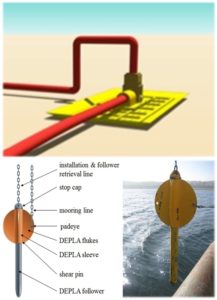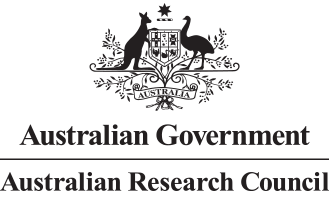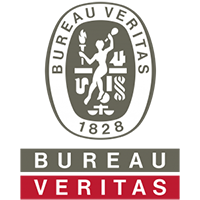
The original aim of this project was to unlock the potential for improved performance of anchoring systems and subsea foundations through an enhanced understanding of the changing seabed properties through the life of the facility, and through better consideration of soil-structure interaction and whole life system behaviour.
Novel anchors, such as the UWA-developed dynamically installed plates, offer considerable cost savings on a standard mooring anchor spread. They could also benefit from changing strength conditions over time following cycles of sub-extreme anchor load conditions. Also, the slow cyclic loading experienced by subsea structures connected to flow lines and jumpers causes a similar effect. The subsea structural size is driven by the current paradigm of a fixed foundation resisting loads at code-defined safety factors, which is appropriate for load-controlled environmental actions but is overly cautious for loads caused by thermal expansions or connector misalignment. A radical alternative is to allow significant but tolerable foundation mobility resulting in a reduction in foundation size, fabrication and overall installation costs. The focus of this project was to develop low-cost low-risk anchors and subsea foundation solutions which take benefit from considering the whole life behaviour.
You can read about the key outcomes from Project Four in the OFFshore ITRH Research Compendium.










